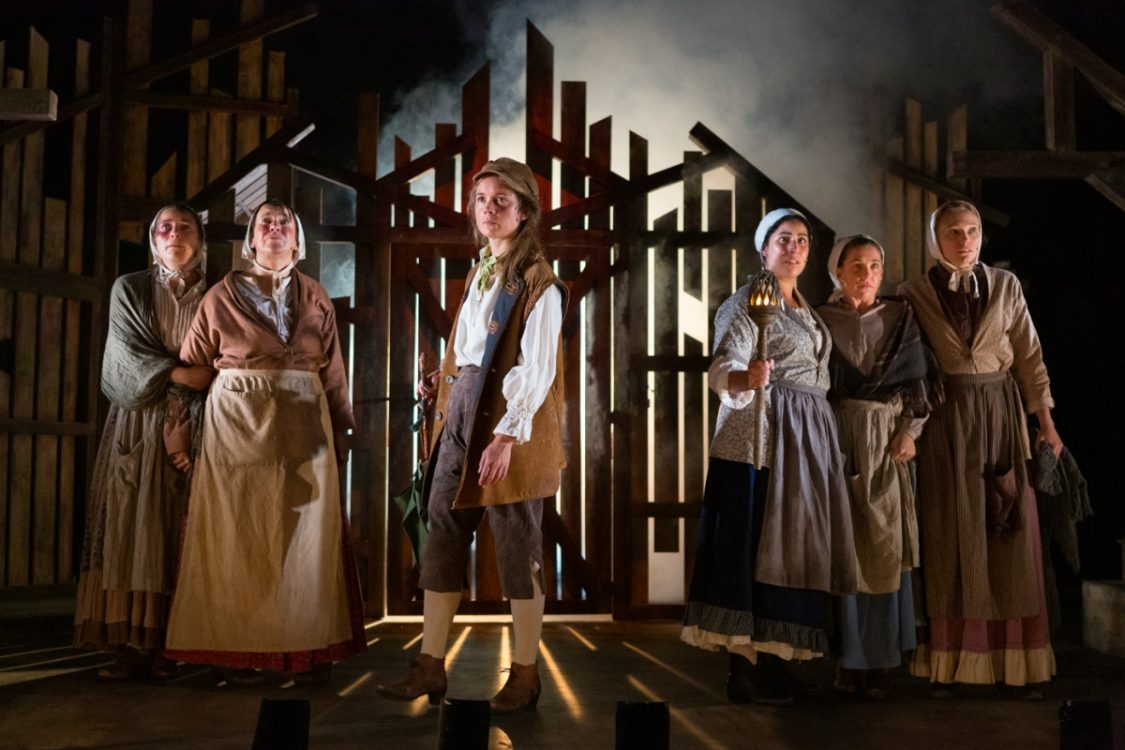On Friday 18th May, 1827, Maria Marten left the family home in Polstead, Suffolk, that she shared with her father – a farm labourer – her five year old son, and her step-mother Anne and, dressed as a man so as to avoid detection, ran away from home with the lover with whom she planned to elope, and whose child she was carrying.
Her lover, William Corder, far from taking Maria away to the life she expected met her as arranged in a large local barn – known as The Red barn, on account of it partially being roofed with terracotta tiles – where he shot her in the neck, strangled her, then calmly walked to a nearby farmhouse where he borrowed a shovel which he subsequently used to beat Maria to death with before using it to dig her grave inside the barn then absconding to freedom.
In the following year he made out that Maria was living on the Isle of Wight, while he had advertised for, and found, a new woman via the small ad’s column of a London newspaper.
A year later Maria’s stepmother, Ann, troubled by nightmares where she saw visions of Maria in the barn, dug into the floor with her bare hands and, aided by her husband, Maria’s father, discovered Maria’s decomposing remains.
Through magic lantern slide, melodrama, ballad, and even puppet show, the story of The Murder in the Red Barn became a mainstay of Victorian entertainment, aided by a burgeoning press, and desire on behalf of the public for all the gory and salacious details. A death mask that was made of Corder following his hanging for the crime, and the fact that his body was flayed, the skin tanned, and the subsequent human leather used to bind a copy of the book detailing the sorry affair only served to keep interest in the story alive.
This was above all a cautionary tale for young women not to stray from the path of virginal purity lest the same thing should happen!
What Beth Flintoff has done with The Ballad of Maria Marten, however, is to reclaim Maria as not simply a victim, but to give her agency. We don’t see her as simply the corpse in a vicious and violent crime, but as a living, breathing young woman with all the need for fun, love, and life, as anyone else of her generation – and it should be added, place in society.
Maria is seen for once as an abused woman, and one taken advantage of by men of a higher social station, even when they did apparently love her.
Elizabeth Crarer excels as Marten, leading a cast of six female actors, and is on stage virtually the whole evening, the twelve roles in the play, even the male roles, being doubled by other members of the cast.
Overall though I’d like to draw attention to the fact that the cast work as a well-oiled ensemble – which must presumably be down to director Hal Chambers – even providing the sound effects to make perfectly ordinary things – like throwing corn to feed chickens – seem completely believable.
Perhaps that’s the point. To help us, as an audience, see Maria as a real woman living in a real-world, albeit one to two hundred years distant from our own. I have to say, as someone who grew up on a rural farm, in spite of the time-slip I recognised the class distinctions and hierarchies of Maria’s world from my own childhood.
There are some things which, sadly, haven’t changed that much.

